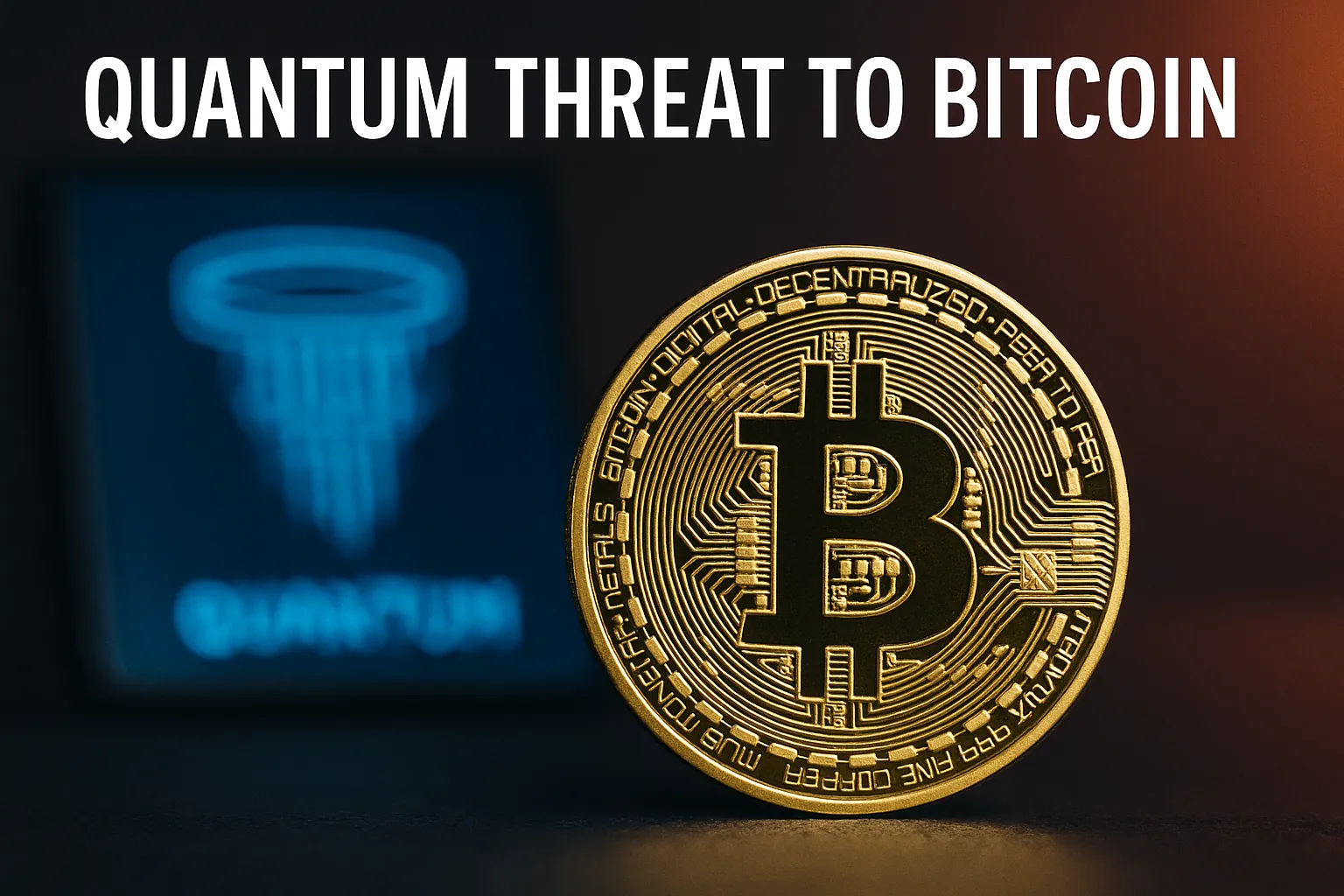The quantum threat to Bitcoin is no longer a distant nightmare. Solana cofounder Anatoly Yakovenko shook the crypto world by predicting a 50/50 chance of a quantum computing breakthrough within five years, fueled by AI acceleration. His blunt message: Bitcoin must migrate to quantum-resistant signatures or risk catastrophic failure.
Context: A warning from Solana’s cofounder
Yakovenko spoke during the All-In Podcast, offering his personal bet that artificial intelligence will accelerate scientific progress to the point where quantum breakthroughs could arrive by 2030 — or sooner. He warned that Bitcoin’s security, based on elliptic curve cryptography, would collapse if quantum computers manage to run Shor’s algorithm at scale.
His remarks came as digital asset institutions, such as Boerse Stuttgart Digital opening a new office in Madrid, continue to push mainstream adoption. Against that backdrop, a sudden quantum disruption could shake the foundations of global crypto markets.
Oppositional Argument: Bitcoin’s complacency is reckless
Mainstream Bitcoin advocates often dismiss quantum computing as a “next-century problem.” But that narrative hides the danger. If Yakovenko’s timeline proves right, Bitcoin’s current leadership is gambling with user funds by refusing to act. Claiming “it’s too early to worry” is not a strategy — it’s negligence.
The quantum threat to Bitcoin is not theoretical anymore. With AI research accelerating breakthroughs, the industry’s five-year window could shrink overnight.
Analytical Breakdown: Why AI accelerates the quantum clock
Yakovenko argues that AI doesn’t just disrupt industries; it disrupts science itself. Machine learning models now help design circuits, optimize quantum error correction, and model atomic interactions. Projects like Google’s Willow already showcase AI-assisted quantum development.
If AI reduces the trial-and-error cycle for quantum computing, the timeline for real cryptographic attacks could shorten dramatically. Bitcoin’s reliance on elliptic curve cryptography becomes a glaring vulnerability.
Consequences of inaction include:
- Theft of funds from exposed wallets.
- Forged transactions undermining trust.
- Collapse of Bitcoin’s reputation as “digital gold.”
Human Perspective: Investors caught in the crossfire
For ordinary holders, this debate feels abstract — until their assets are at risk. Yakovenko points to a clear signal: when Apple or Google adopt quantum-resistant cryptography, the consumer side will already be secured. By then, Bitcoin’s users could be dangerously exposed.
Imagine the panic if major exchanges suddenly declared old wallets unsafe. The migration to quantum-safe schemes will be complex, and late action would mean chaos for millions of investors worldwide.
Counterarguments
Skeptics claim quantum computers remain decades away from breaking Bitcoin. Some cryptographers argue error correction remains the bottleneck. Adam Back and other Bitcoin maximalists insist the network is safe “for now.”
But Yakovenko’s response is sharp: waiting until the threat materializes guarantees disaster. Preparing early costs less than rebuilding trust after a breach.
Conclusion: A call Bitcoin cannot ignore
The quantum threat to Bitcoin is not a far-off science fiction problem — it is a present engineering challenge. Yakovenko’s warning is inconvenient, but prophetic: if the community waits for consensus too long, users will pay the price.
Bitcoin must begin serious migration planning now. Otherwise, the world’s most valuable cryptocurrency risks being undone not by regulators or competitors, but by physics itself.
External Links
- Cointelegraph: Solana cofounder warns on Bitcoin quantum risk
- Finance Magnates: Yakovenko on AI and quantum threat
83 views






